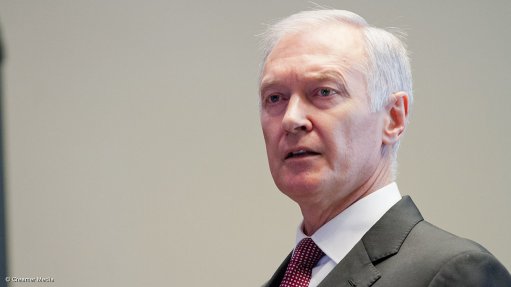
M&R CEO Henry Laas
Photo by: Duane Daws
Engineering and construction group Murray & Roberts (M&R) reported a strong rise in results for the six months to December 31 on the back of a robust performance from its underground mining unit, as well as reduced Middle Eastern losses.
In addition, the results were buoyed by the fact that a R170-million Voluntary Rebuild Programme charge did not recur during the period. The payment arose as a result of a deal with the South African government, which followed a well-publicised settlement with the competition authorities, which found widespread collusion in the construction sector.
The JSE-listed group reported a 283% rise in attributable earnings to R110-million during the period and a 104% increase in diluted continuing headline earnings a share, which rose to 55c a share.
Revenue increased by 10% to R11.8-billion and the group’s cash holdings rose 18% to R1.3-billion.
However, M&R’s order book for continuing operations declined by 10% to R22.1-billion.
CEO Henry Laas said the reducing order backlog was reflective of current market conditions and ongoing project delays in the oil and gas, as well as the power and water sectors.
However, trading conditions for the group’s underground mining business had improved.
M&R’s underground mining platform emerged as the largest contributor to group earnings for the period, with the unit’s operating profit increasing to R239-million, up from the R198-million achieved during the corresponding period in the prior year.
The platform’s order book had also increased to R15.3-billion, from R12.9-billion.
During the period, M&R acquired a further 17% interest in the Bombela Concession Company (BCC), which operates the Gautrain rail service in Gauteng. M&R now owns 50% of BCC, which it said was delivering strong returns.
Laas said the group’s acquisitive and organic growth plans were focused on positioning its businesses in key growth sectors in developed markets, as well as higher-margin segments of the project life cycle.